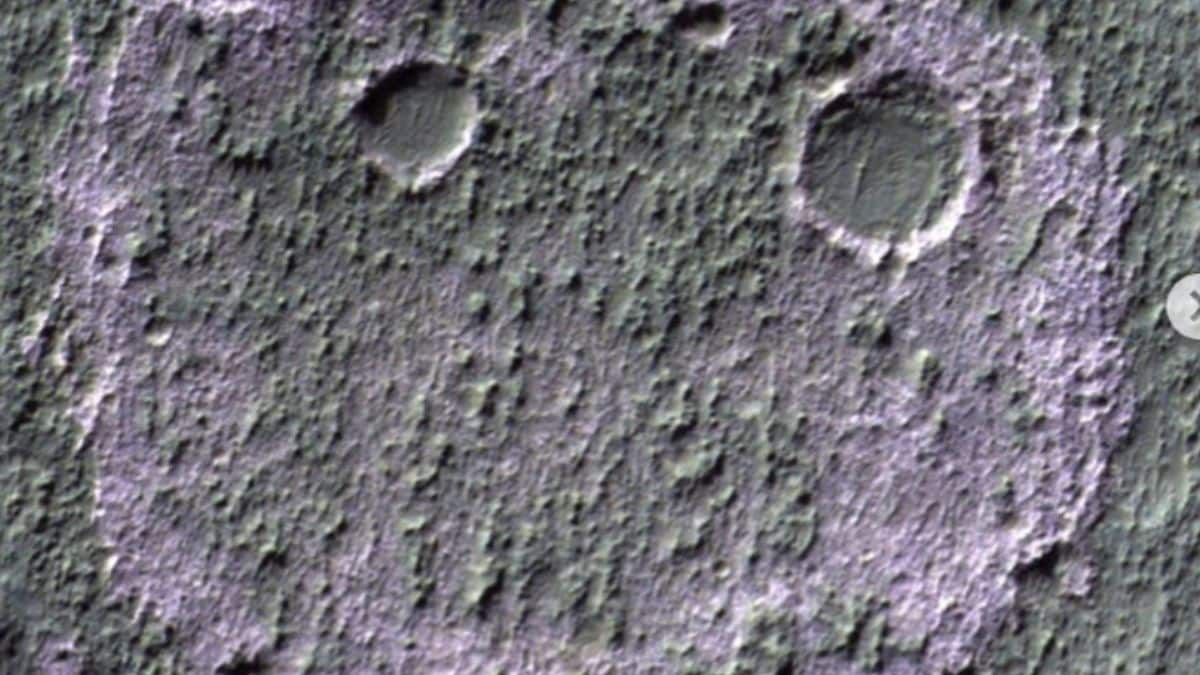Exploring Mars: The Mysterious Smiley Face Discovery
Mars, often called the Red Planet, has fascinated scientists and space enthusiasts alike for decades. After our own planet, Mars is arguably the most intriguing celestial body that has captivated the attention of various space agencies, particularly NASA. Among the countless missions sent to explore its surface, one recent image captured by the European Space Agency (ESA) has sparked considerable interest—a curious formation resembling a “creepy smiley face.”
The Image That Raised Eyebrows
At first glance, the image appears to depict a face, leading many to speculate whether it was a result of intelligent design or natural formations. However, ESA clarified that what appears to be a smiley face is actually made up of chloride salt deposits. This finding was made by the ExoMars Trace Gas Orbiter, a mission launched in 2016, aimed at studying the atmospheric gases and geological features of Mars.
The Significance of Chloride Salt Deposits
The discovery of chloride salt deposits is crucial for understanding Mars’ ancient climate and its potential for hosting life. Numerous studies suggest that Mars once boasted rivers, lakes, and possibly even oceans. The presence of these salt deposits points to the historical existence of liquid water, which is vital for life as we know it. This evidence bolsters the theory that Mars may have had habitable conditions billions of years ago.
Implications for Past Life on Mars
ESA researchers believe that the locations of these chloride salts might provide clues about ancient microbial life that could have thrived in the planet’s once more hospitable environment. The harsh Martian climate today is not conducive to life as we understand it, but micro-organisms from the past may have adapted to survive in these extreme conditions. Discovering remnants of such life forms could reshape our understanding of life’s potential beyond Earth.
A Community Response
The image shared by ESA on social media has not only garnered more than 9,000 likes but also sparked a flurry of intriguing comments from users. One humorous remark suggested that the photo was taken with an “S24 Ultra Pro Max,” reflecting the scene’s uncanny resemblance to something one might encounter on Earth. This interaction highlights the public’s engagement with Mars exploration, illustrating the excitement surrounding the idea of discovering extraterrestrial life.
The ExoMars Mission: A Collaboration for Discovery
The ExoMars mission represents a collaborative effort between the European Space Agency (ESA) and the Russian Space Agency Roscosmos. Planned for a duration of seven years, the mission has surpassed expectations, continuing to yield valuable data about Mars over eight and a half years. While the orbiter operates effectively, the lander component unfortunately crashed during its descent to Mars, underscoring the challenges associated with space exploration.
Conclusion: The Journey Continues
As we continue to explore Mars, discoveries such as the chloride salt deposits serve to deepen our understanding of the planet’s history and its capacity to support life. Each mission adds another layer to the puzzle, fueling our curiosity and desire to unveil the secrets that Mars has kept hidden for billions of years. With ongoing research and advancements in technology, the next chapter in our exploration of the Red Planet is just beginning.











